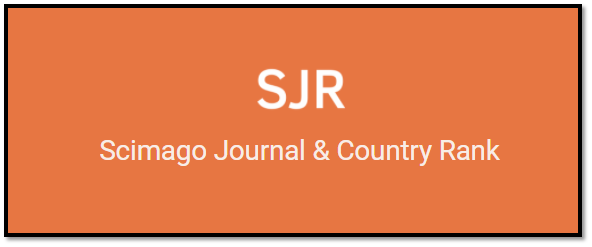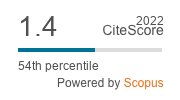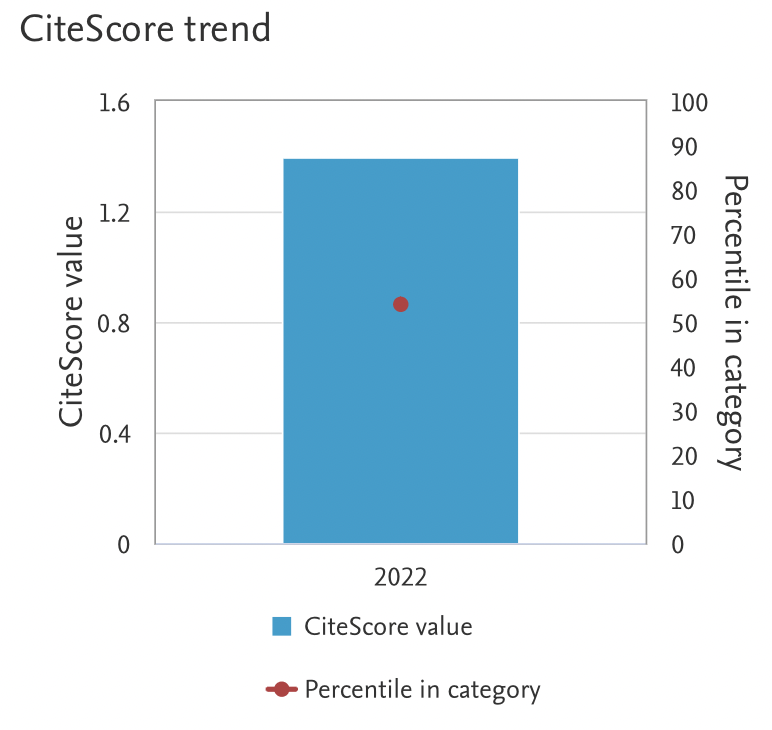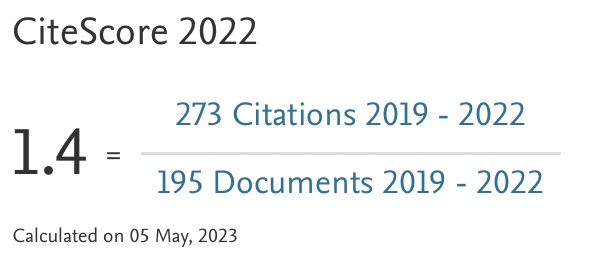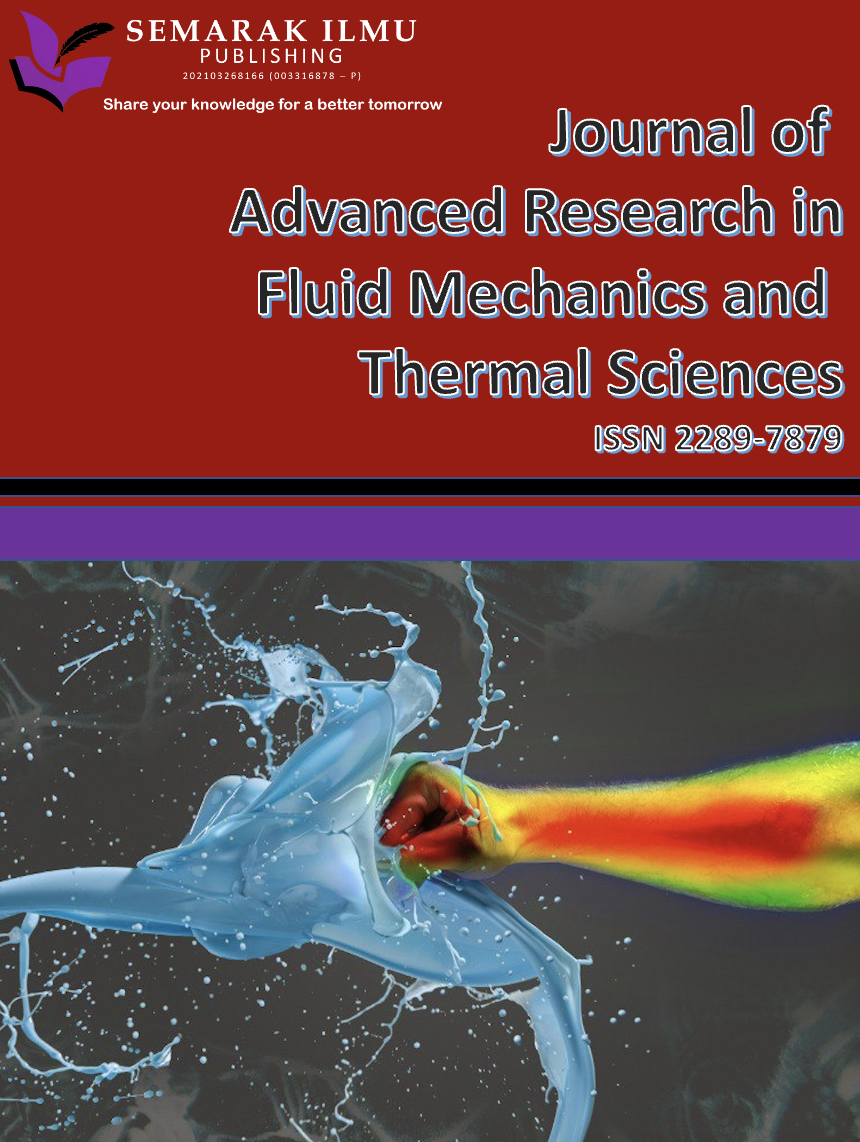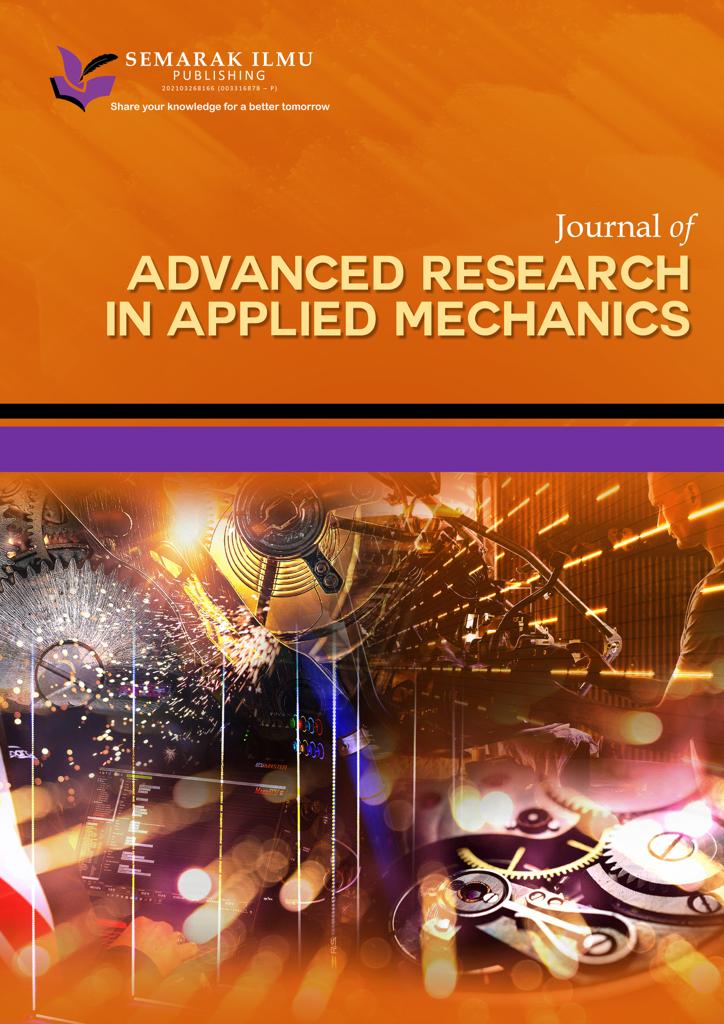Bipolar Neutrosophic Dombi Shapley Weighted Average Aggregation Operator and Its Application in Decision-Making Problem
DOI:
https://doi.org/10.37934/araset.46.2.239250Keywords:
Bipolar neutrosophic set, Dombi T-norm and Dombi T-conorm, Shapley fuzzy measure, Aggregation operators, Decision-makingAbstract
A bipolar neutrosophic set (BNS) is a novel set theory characterized by positive and negative membership degrees. It is designed to handle bipolar, inconsistent, and uncertain data. BNS is used widely to solve complex decision-making problems. Besides uncertainty data, aggregation operators (AOs) also important in decision-making problems. The Dombi operations, comprising of Dombi T-norm and Dombi T-conorm (DTT), exhibit significant general parameter flexibility. According to the literature, the Dombi operation rules have addressed many intricate decision-making problems in diverse settings. However, the current study needs to examine the optimal method for obtaining the weight of criteria during the aggregation process. The importance of the standards is defined in this study using a Shapley fuzzy measure. Considering this, the article presents the bipolar neutrosophic Dombi Shapley weighted average aggregation (BNDSWAA) inspired by the Dombi operation. The paper examines the various properties of BNDSWAA. A decision-making method is also created based on the suggested operator. The proposed process under BNS is explained using an algorithm for selecting green suppliers. Finally, testing for parameter influence is conducted to identify any parameter changes. The finding shows the proposed method is effective in solving decision-making problems.



